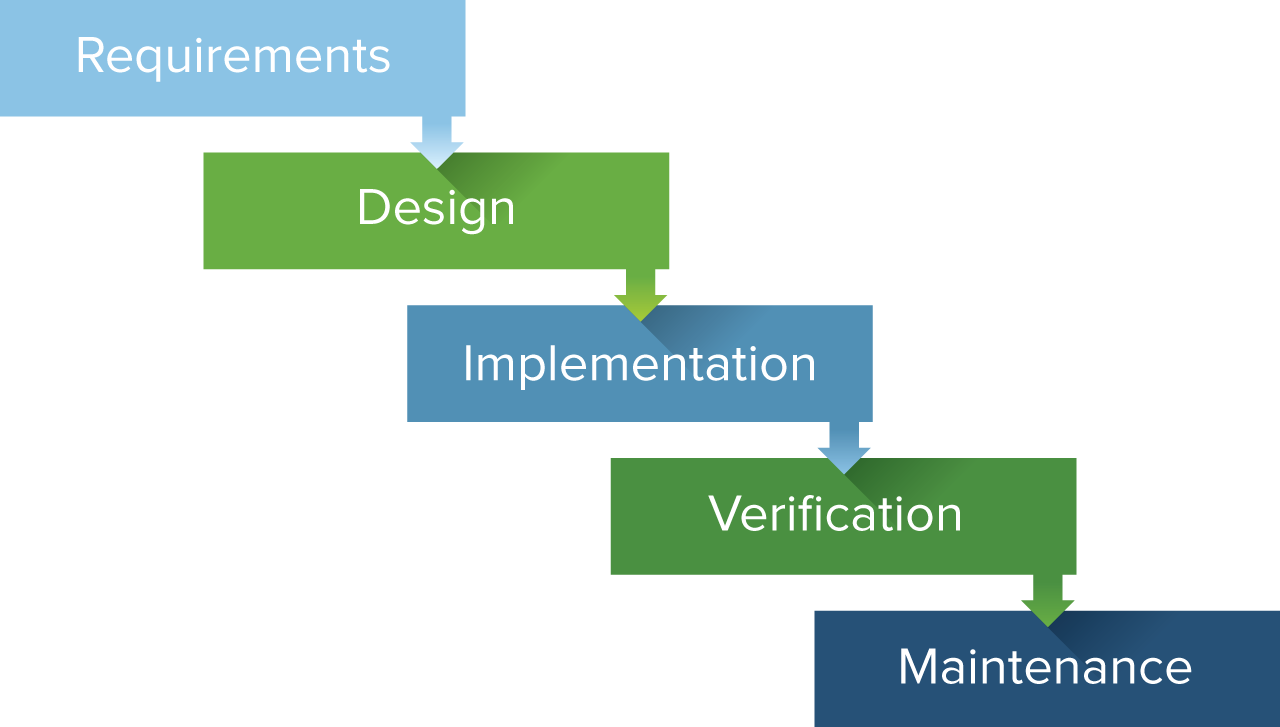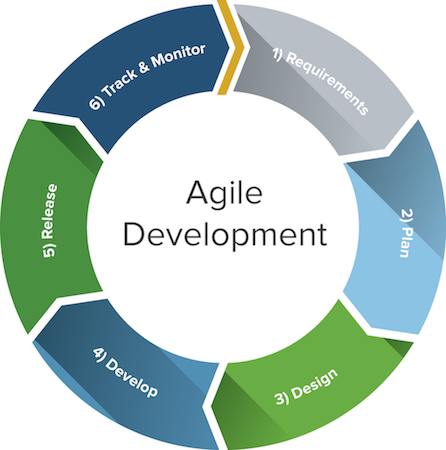Chapter 58: Iterative Prototyping
Iterative Design
Tips for people who want to design games -
The most important thing you can do is to get into an iteration cycle where you can measure the impact of your work, have a hypothesis about how making changes will affect those variables, and ship changes regularly. It doesn’t even matter that much what the content is - it’s the iteration of hypothesis, changes, and measurement that will make you better at a faster rate than anything else we have seen.
Here’s another example, this time in video form. (jump to 3:50)
Breath of the Wild is a recent title from Nintendo that adds open-world elements to the long-running Zelda series.
Project Management Frameworks
The Waterfall Model
It’s a waterfall that takes you from the start of the project to the end.

Bonus question: What is “Verification” for us as game designers? Playtesting!
Agile
There’s a lot involved in the Agile project management framework that’s outside of the scope of this course. See: The Agile Manifesto.

For this class, just think about this:
You shouldn’t try to design your entire game first, and then travel down the waterfall. Think in terms of trying to take small components of your game and go down a mini waterfall. Try things out, prototype them, and test them.
Iterative Engine Design
How to Write Your Own C++ Game Engine
Working In Silos
- Relic demo